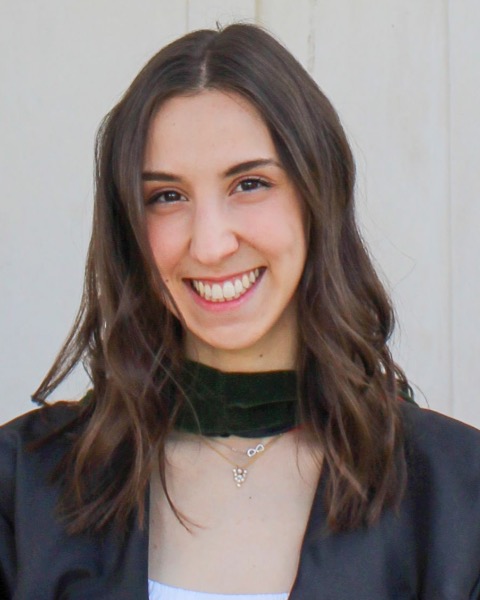Medical Education 5: Procedures and Simulation
Session: Medical Education 5: Procedures and Simulation
236 - Point of Care Ultrasound: The Student Becomes the Teacher
Saturday, April 26, 2025
2:30pm - 4:45pm HST
Publication Number: 236.6397
Lea Karabegovic, Primary Children's Hospital, Salt Lake City, UT, United States; Bair Diamond, Phoenix Children's Hospital, Phoenix, AZ, United States; Jennifer Cotton, University of Utah School of Medicine, Salt Lake City, UT, United States; Ben Drum, University of Utah School of Medicine, Salt Lake City, UT, United States

Lea Karabegovic, MD (she/her/hers)
Resident Physician
Primary Children's Hospital
Salt Lake City, Utah, United States
Presenting Author(s)
Background: Point-of-care ultrasound (POCUS) is a rapid, non-invasive, radiation-sparing diagnostic
tool that is currently being integrated into pediatric hospital medicine (PHM). However,
implementation has been limited due to lack of qualified trainers, formal POCUS curriculum,
and dedicated funding for training. Medical schools, however, have more broadly
integrated ultrasound into their curricula, thus creating a unique environment in which
the next generation of physicians is equipped to train the current one in this increasingly
relevant skill.
Objective: The authors developed a longitudinal curriculum to train pediatric hospitalist medicine
(PHM) attendings at Primary Children’s Hospital to be privileged in POCUS
incorporating fourth year medical students in the honors ultrasound cohort (MS4-USs)
at the Spencer Fox Eccles School of Medicine.
Design/Methods: The curricula consisted of five half-day sessions spread out over six months and
included free third-party online pre-work videos, skill acquisition with a high-fidelity
manikin, in-person didactics organized by organ system, and in-person scanning
sessions. MS4-USs directed the high-fidelity manikin session and led scanning sessions
with indirect supervision. PHM attendings completed pre- and post- surveys assessing
their ultrasound confidence, skill, and perceived importance of incorporating US into
their practice. They also completed a survey assessing their perception of the MS4-US
sessions. MS4-USs completed a Likert scale survey evaluating their comfort and
confidence in teaching.
Results: MS4-USs were able to offload 50 hands-on teaching hours from the total 90 hour
curriculum, resulting in doubling capacity of the curriculum from four to eight PHM
attendings. PHM attendings reported significant increase in basic US knowledge (pre-
2.0/5, post- 4.1/5, p = < 0.01, n =8) and interpretation of images (pre- 1.29/5, post-
3.66/5, p = < 0.01, n=8) after the curriculum. All physicians agreed that the MS4-US led
sessions increased comfort in obtaining POCUS images and that MS4-USs were
knowledgeable. All MS4-US agreed they were confident in US skills teaching and had a
positive dynamic teaching the PHM attendings (n=6).
Conclusion(s): The student-teaching-attending model is an effective method for increasing pediatric
practitioner confidence and proficiency in POCUS and can be used to expedite faculty
training.

